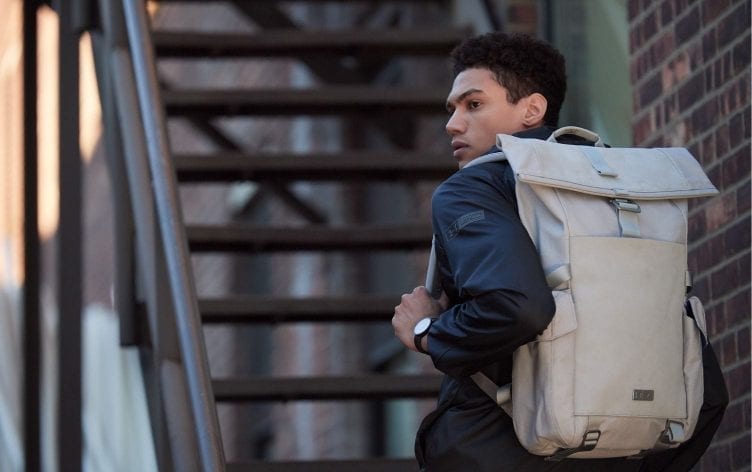
Walking around the same neighborhood every day is a great way to add movement to your day but it can get boring quick. On the other hand, it isn’t always realistic to get in the car and drive to your favorite trail when you’re busy with work and other obligations.
Falling somewhere in between walking and hiking, urban hiking is a new trend that can help you mix things up and get in a great workout without having to stray too far from home. Here’s what you need to know to get started:
WHAT IS URBAN HIKING?
Re-creating the experience of a long-distance nature hike, urban hiking utilizes city environments to get in the same type of calorie-burning workout. Instead of rocky paths and mountains, urban hikers seek out city parks, multi-use paths and stairways that connect public roads and unexplored areas of a city.
These hikes can range anywhere from 5–50 miles and are meant to be self-supported; urban hikers carry their gear in a backpack, as they would on a trail.
This growing sport is a great way to travel and explore a new city while observing the little details of the surrounding neighborhoods often missed when passing by at higher speeds. Treks can be done solo for a more meditative and self-relying experience or as a group of two or more if you enjoy the extra motivation and comradery of exercising with others.
HOW TO PLAN AN URBAN HIKE
From the right gear to taking necessary precautions, here are a few tips to consider when planning your first urban hike:
1
HAVE THE RIGHT GEAR
While hiking boots are appropriate for trails, urban hiking is done mostly on pavement and concrete. Because long miles on these hard surfaces can be tough on the joints, a shoe with plenty of cushion is a smart investment. A few other items you’ll want to consider include:
- A hydration pack, with extra compartments to store gear
- Athletic socks that wick away moisture to prevent blistering
- A lightweight rain jacket that packs small
- A map of the city
- Snacks such as energy bars or trail mix
- Sunglasses
- Sunscreen
- A head lamp or reflective gear if you plan on being out at night
2
PRIORITIZE SAFETY
Try to keep to side streets or look for areas with bike lanes where traffic is usually lower. It’s also important to wear reflective gear and follow basic traffic laws. This includes using crosswalks, obeying traffic lights and walking against the direction of traffic when possible.
Parks and other multi-use paths are also safe bets since motorized traffic in these areas isn’t normally allowed.
3
MAKE A GAME PLAN
You can create a route in advance or on-the-go with the help of an app that tracks your steps. Whichever option you choose, here are some tips to keep in mind:
- Tell someone where you’re headed and what time you expect to return. Consider a GPS watch with a live tracking feature, which allows loved ones to track your whereabouts in real time.
- Plan to explore new areas. This makes your workout more adventurous and entertaining.
- Skip out and backs. Backtracking and hiking over the same areas twice is against the spirit of the sport, so try to find a different way home.
- Hit the stairs. One of the goals of urban hiking should be to climb as many stairs as possible. This mimics hiking in the mountains and provides a killer workout for your legs, glutes and back muscles.
- Challenge yourself. Take advantage of this type of activity to set new goals. Maybe you start with a shorter hike and challenge yourself to increase the distance and duration. Keep track of how many steps you take and aim to add 10% more the next time.







